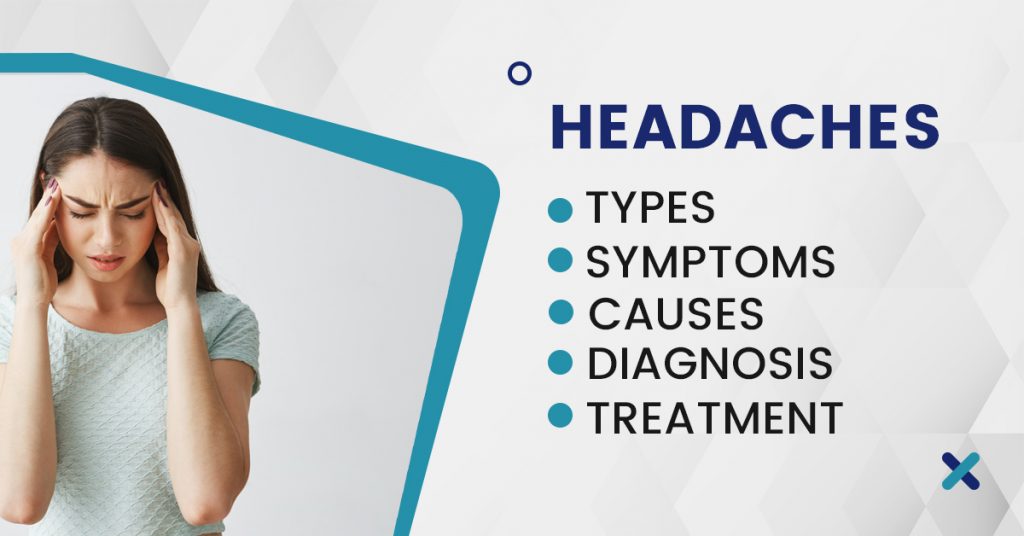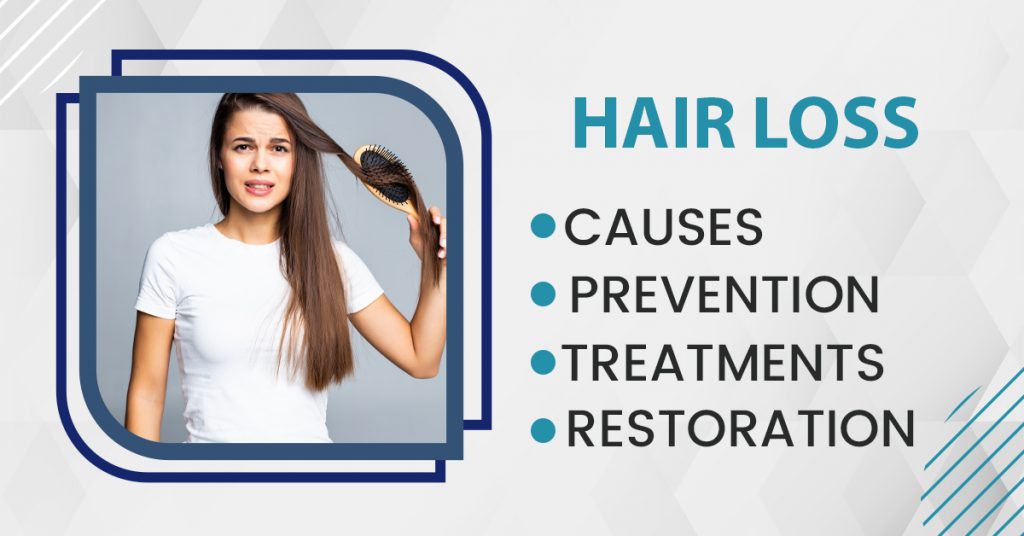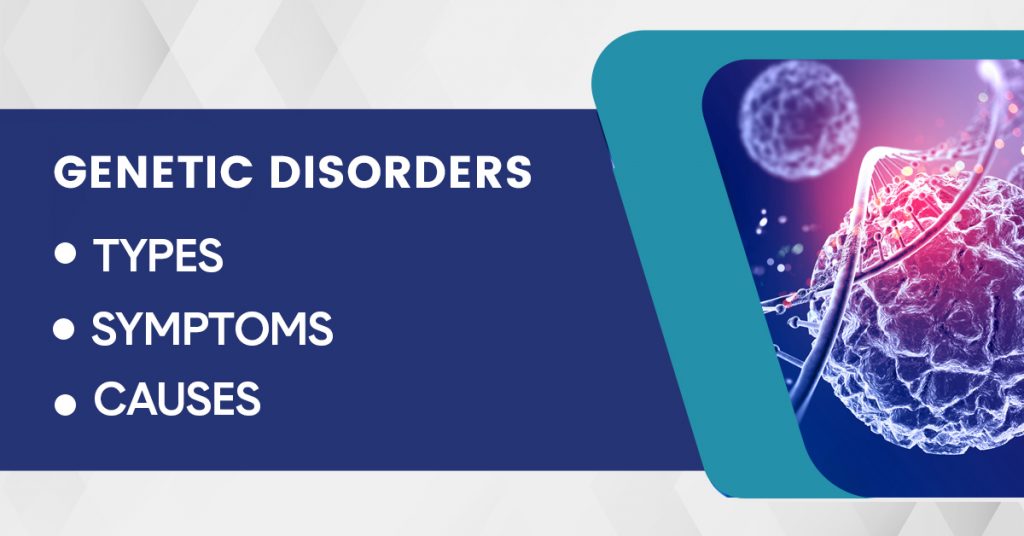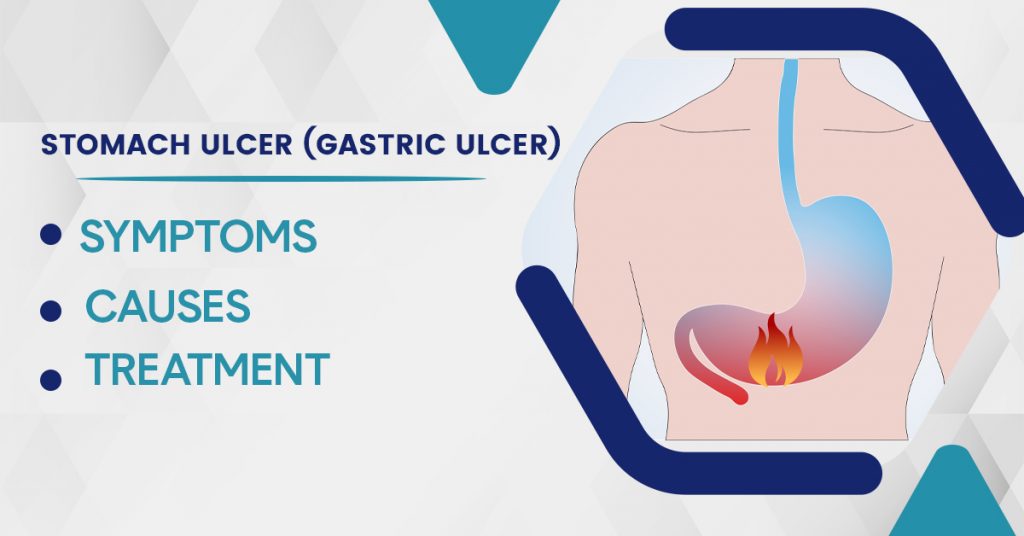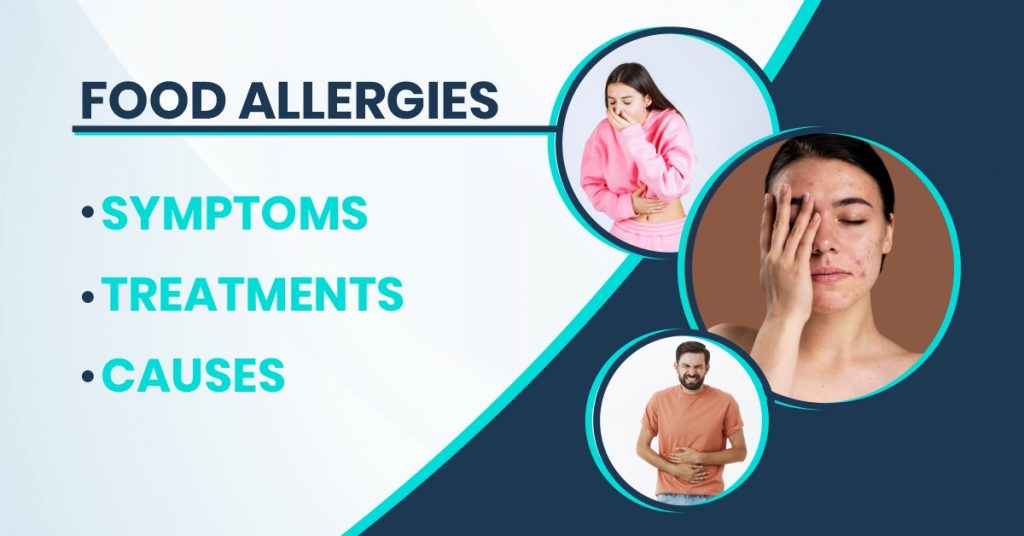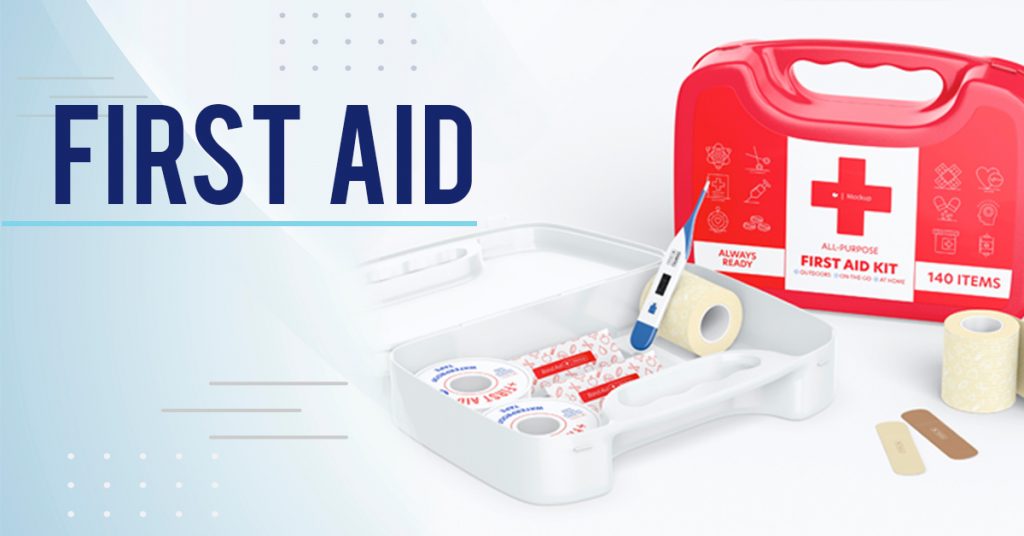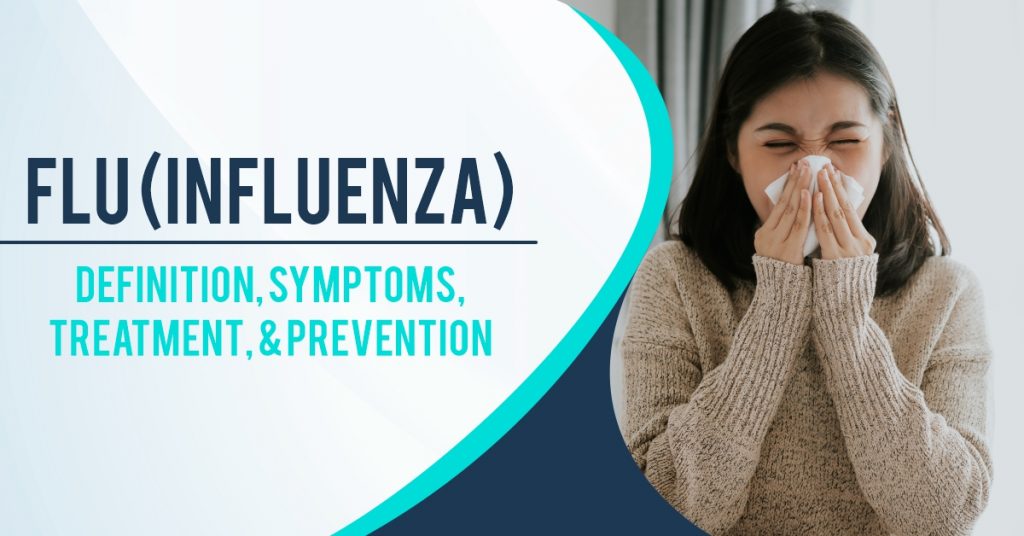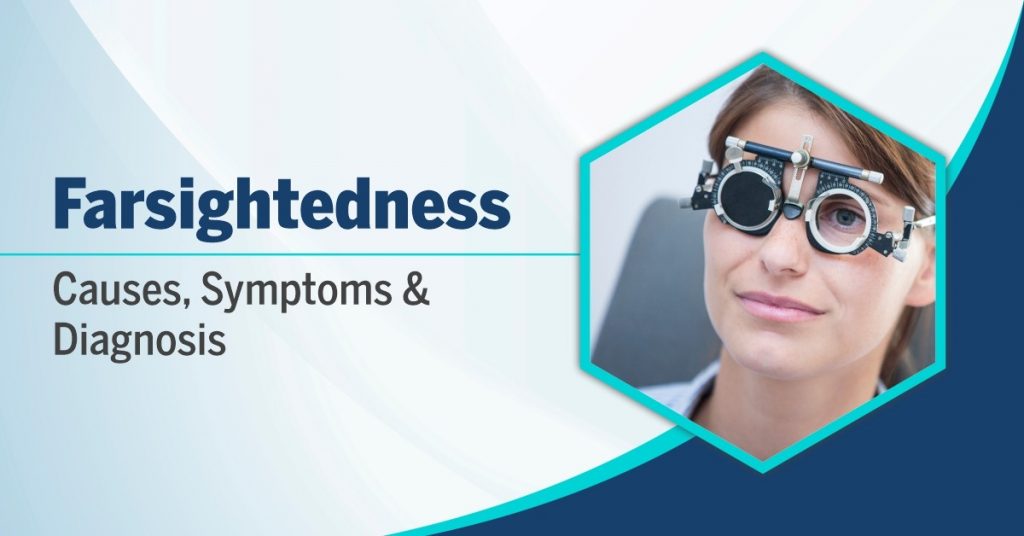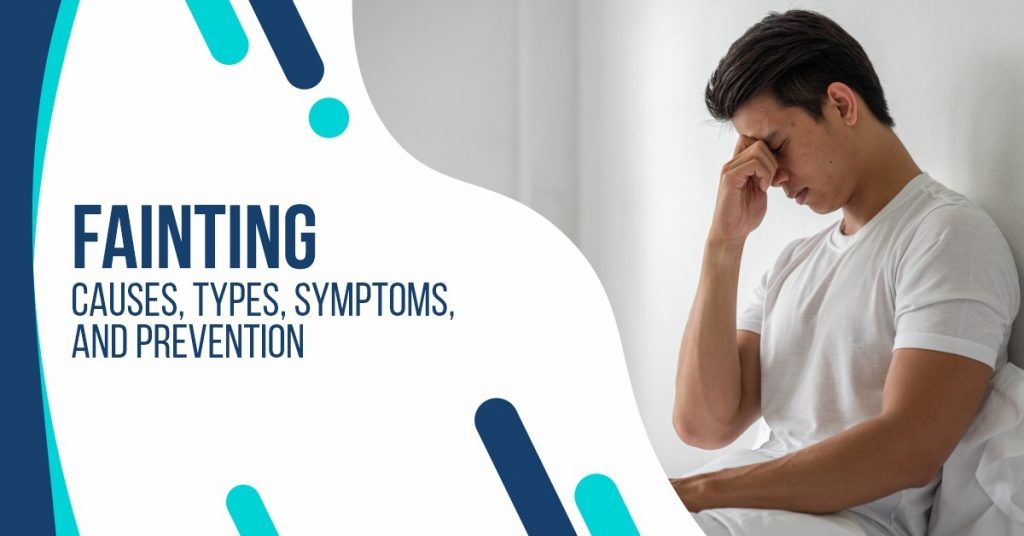Headaches: Types, Symptoms, Causes, Diagnosis & Treatment
People experience headaches many times during their lives, as they are a very common condition. An intense headache is usually accompanied by head or facial pain. It may be throbbing, constant, dull, or sharp.
There are several ways to treat headaches, including medication, stress management, and biofeedback. Nobody wants to experience throbbing in the head. This is a common condition in the world. In the past year, 75% of adults worldwide experienced headaches.
The presence of a headache is a major cause of absenteeism at work and in school. It can affect a person’s social and family life as well. Chronic headaches can make some people feel anxious and depressed.
Symptoms of Headaches:
There are different types of headaches. Symptoms such as headache frequency and intensity may vary, as well. Typical headache symptoms include the following:
- Chronic headache with a slow onset
- In most cases, the head hurts both sides
- A dull ache or a feeling of vice or band around the head
- The back or neck may be affected by pain
- The pain is moderate to mild, but not severe
The most common symptoms of tension-type headaches are nausea, vomiting, and sensitivity to light (photophobia).
There are many conditions or medical problems that can mimic headache symptoms. Go check with your healthcare provider if you have any symptoms of severe headache.
Causes of Headaches:
Pain is caused by a combination of signals between your brain and blood vessels, as well as nearby nerves. In your blood vessels and head muscles, certain nerves activate and send pain signals to your brain.
There is no clear way to turn on these signals, Here are some common causes of headaches:
- Illness: Fever, infections, and colds are examples of this. Other conditions that can cause headaches include sinusitis (inflammation of the sinuses), a throat infection, and an ear infection. Occasionally, headaches may be caused by a blow to the head or may indicate an underlying medical condition.
- Stress: Among the causes of depression and emotional stress are drinking, skipping meals, changing sleep patterns, and taking too many medications. A bad posture can also lead to neck and back pain.
- Environment: There are a variety of pollutants in our environment. For example, secondhand tobacco smoke, household chemicals, perfumes, and food allergens. Other triggers may include stress, pollution, noise, lighting, and weather changes.
- Genetics: Headaches, particularly migraine headaches, run in families. Children and teens who have migraines are more likely to have family members who also suffer from migraines. In families with migraine histories, there is a 70% chance that their child will also suffer from migraines. Only 25%-50% of children will suffer from these headaches if only one parent suffers from them.
Diagnosis Headaches:
An examination of the nervous system and a detailed patient history help physicians diagnose headache causes and rule out underlying medical conditions. Diagnosis of headache includes the following tests:
- Computed tomography (CT) imaging of the head: The CT scan combines sophisticated x-ray equipment with sophisticated computers to produce multiple images of the inside of the body.
Using CT imaging of the brain, doctors can detect bleeding caused by aneurysm ruptures or leaks, strokes, brain tumors, and diseases or malformations of the skull. It is possible to perform a CT angiography (CTA). An intravenously injected contrast material is used in CTA to examine cerebral blood vessels.
- MRI: Magnetic resonance imaging MRI produces detailed pictures of organs, soft tissues, bones, and virtually all internal body structures using a magnetic field, radio frequency pulses, and a computer.
An MRI of the brain helps physicians diagnose tumors, developmental abnormalities, blood vessel problems (such as aneurysms), disorders of the eyes and the inner ear, stroke, and certain chronic diseases of the nervous system, such as multiple sclerosis.
It’s easy to diagnose MRI headaches caused by a condition called a Chiari malformation, which is congenital and can cause migraines.
- Lumbar puncture: A small amount of cerebrospinal fluid is removed from the lower part of the spinal column, the region surrounding the brain and spinal cord, for analysis.
Lumbar punctures are commonly used to diagnose infections, including meningitis (an infection of the membranes that cover the brain) and encephalitis (an infection of the brain itself), inflammatory conditions of the nervous system, including Guillain-Barre syndrome, multiple sclerosis, and bleeding around the brain (subarachnoid hemorrhage).
- CT Angiography: If you are suspected of having an aneurysm, you may undergo CT Angiography.
You can also read: Hair Loss: Causes, Prevention, Treatments, and Restoration
Treatment for Headaches:
Pain killers and rest are the most effective medications for headaches.
Various other options are also available if you have severe pain:
- Nonsteroidal anti-inflammatory drugs, which are available over-the-counter.
- Medications prescribed by a physician.
- Medications that prevent specific conditions, like migraines.
- The treatment of underlying conditions.
To prevent medication overuse headaches, it’s important to follow a doctor’s recommendations.
To treat medication overuse headaches, the medication must be reduced or stopped.
A healthcare provider can help develop a plan for safely reducing or stopping medications. There may be times when an individual needs a short hospital stay to deal with withdrawal safely and effectively.
Prevention of Headaches:
The first step in stopping a headache is to identify what is causing it. Most people suffer from chronic headaches because of a specific trigger. Here are some tips to prevent headaches are as follows:
- Reduce stress: Considering how busy we are currently and how connected we are, this might sound impossible in today’s world. To stop headaches in their tracks, you need to manage and reduce your stress levels.
Try yoga, meditation, or focus on a hobby that you find soothing and relaxing instead of overcommitting yourself. Anything that reduces your stress and makes you feel calmer will help reduce your headache frequency.
- Eliminate the use of caffeine: Caffeine is one of the more effective headache remedies (and it is even used in some over-the-counter migraine medications). Even though caffeine is unlikely to be the sole cause of chronic headaches, it is a risk factor that can be addressed relatively easily.
Those who are heavy coffee drinkers may experience withdrawal-induced headaches when they cut out caffeine at first, but those symptoms will go away within a few days.
- Change diet: Nutrition and diet are several factors that can cause headaches. Certain food additives and ingredients can trigger an allergic reaction in some people, such as chocolate and a certain quality of cheese.
Alcohol, especially red wine, can also trigger an allergic reaction. Others suffer from headaches caused by dehydration if they don’t drink enough water. Allergic reactions to food can also contribute to headaches.
Eliminate foods and drinks that you suspect are triggers from your diet one at a time to find the culprit. Always remember to eat healthily, get regular exercise, and stay hydrated. Even small changes can have a big impact on headache prevention.
- Get some sleep: Go to bed earlier and get a solid eight hours of sleep rather than watching just one more episode of your favorite Netflix show. It will do wonders in terms of headache prevention.
You should try to maintain a consistent sleep/wake schedule so that you get used to waking up and going to bed at roughly the same time regardless of whether you are at work or on vacation.
- Quit smoking: Smoking and headaches are not proven causally linked, but there is plenty of anecdotal evidence pointing that way. According to studies, 90% of people with chronic cluster headaches smoke.
The results of these studies suggest that smoking might contribute to headaches. Quitting smoking could help you experience fewer headaches each month.
You can also read: Food Allergies: Symptoms, Treatment, and Causes
Home remedies for getting rid of headaches
Home remedies do wonders when it comes to curing something, while headache is not a dangerous disease but it can if it is very severe. Mild headaches can be cured by doing some home remedies which are listed below:
- Drink plenty of water: This advice is also a good way to stop a headache if you did not heed it about how to prevent headaches. Water relieves headaches. You can eat a lot of fruits, soups, and other foods with a lot of water if you don’t like water.
- Use a hot or cold compress: You might have to experiment a bit before determining whether heat or cold is right for your headache, but both should be included in your repertoire of home remedies.
If you have a migraine, apply cold water or an ice pack to your forehead or back of your neck. By constricting blood vessels and reducing inflammation, the cold will decrease the sensation of pain. Warm compresses can soothe your muscles and relieve headaches caused by tension headaches.
- Massage pressure points: Whenever your head hurts, you may instinctively rub your back or your temples. It’s a good idea to massage these areas of your head and face to help relieve tension and ease a tension headache.
There are also pressure points between the eyebrows and on either side of the bridge of the nose, in addition to the neck and temples.
- Vitamins & minerals: The use of vitamin and mineral supplements is one of the most popular natural treatments for headaches.
There is evidence that low magnesium levels can cause migraine headaches, and vitamins B and E may help treat them. You can find natural headache relief by increasing your intake of the above supplements.
Headaches: Types, Symptoms, Causes, Diagnosis & Treatment Read More »


